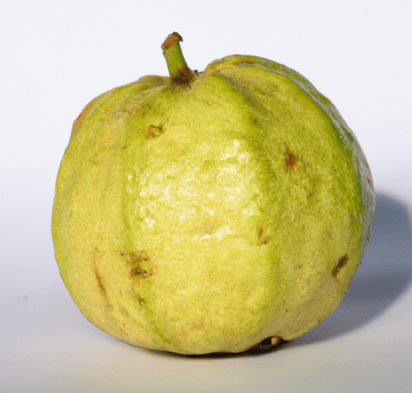Guava: Important Facts, Health Benefits, and Recipes
Discover the health benefits, culinary uses, and history of guava, a nutrient-packed tropical superfruit, and learn how to incorporate it into your diet.

Discover the health benefits, culinary uses, and history of guava, a nutrient-packed tropical superfruit, and learn how to incorporate it into your diet.
